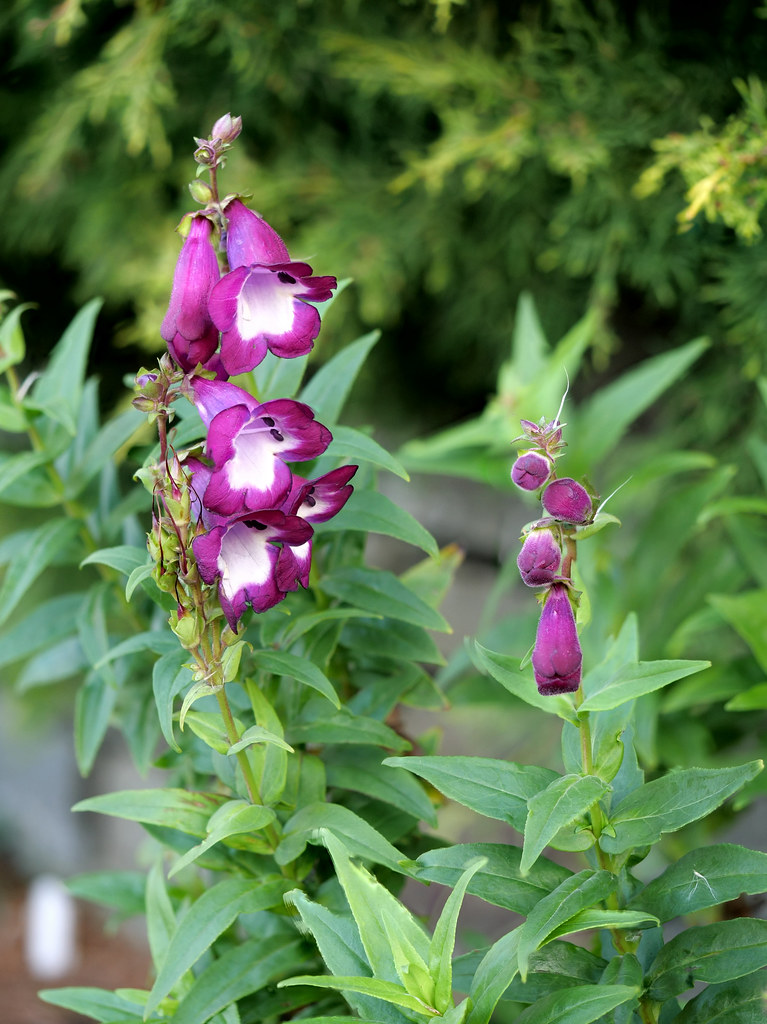Interesting stuff Jim, though I couldn't get your second link to work.Jim Haseloff wrote:Really enjoying the discussion - and interested in the shift to 6K mp4 collection of extended focus stacks. I've been using extended focus to image small liverwort plants, an offshoot of our research in Cambridge, where microscopy plays an important role in integrating genetic, cellular and tissue-scale behaviour in plants.
So far, this has meant 4K video capture on the Panasonic GX80, with Olympus 60mm Macro lens, extension tubes and Raynox macro adapter lenses. (More details at: https://www.hackster.io/jim-haseloff/vi ... ope-6b4f76 and https://data.plantsci.cam.ac.uk/Haselof ... index.html. I'm always suprised that there is not more chatter (like this discussion) about the usefulness of the Panasonic extended focus/video modes among macrophotographers.
Given the large array and combination of different lens systems, lighting, and camera bodies, it would be good to identify some kind of standard, readily accessible target object(s) that we could all use for comparison work. Any ideas? - perhaps this has been well-canvassed already somewhere in the forum... I saw that someone here had used a burnt match head as a target - very accessible. Perhaps placing a match head next to the edge of a millimetre ruler might work as a standard? - or something similar, commonplace, with a bit of texture and detail.
I'm still playing around with different lenses, spacing and adapters - so a better reference would be useful. Also, I'd like to make the image capture as portable as possible for field work. I've been using a Vanguard Alta Pro 2+ 263AT tripod with GH-100 pistol grip ball & socket head - which is great, but it should be possible to shrink this - I'm looking at adding short boom arms to mini-tripods. At the other end of the spectrum, there seem to be some opportunities for better "studio" use with cameras that are supported by the Panasonic tethering software. It would be great to better automate the image collection process - so that we can start building extended focus time-lapse movies - with the prospect of HDR and other imaging modalities...
Thanks again for the interesting discussions!
Jim Haseloff
Twitter: @jimhaseloff
I too have photographed Marchantia gemma cups, and it wasn't until I looked at the photographs that I noticed the tiny hairs (?) around the rim. Probably need to get my eyes tested!
https://www.flickr.com/photos/66189529@ ... datetaken/
I am intrigued that you are adding a diopter lens (Raynox) to the Olympus. Since the 60mm already does quite a high magnification, though you state it is to get greater magnification, you also suggest greater resolution. Have you tested this practically?




